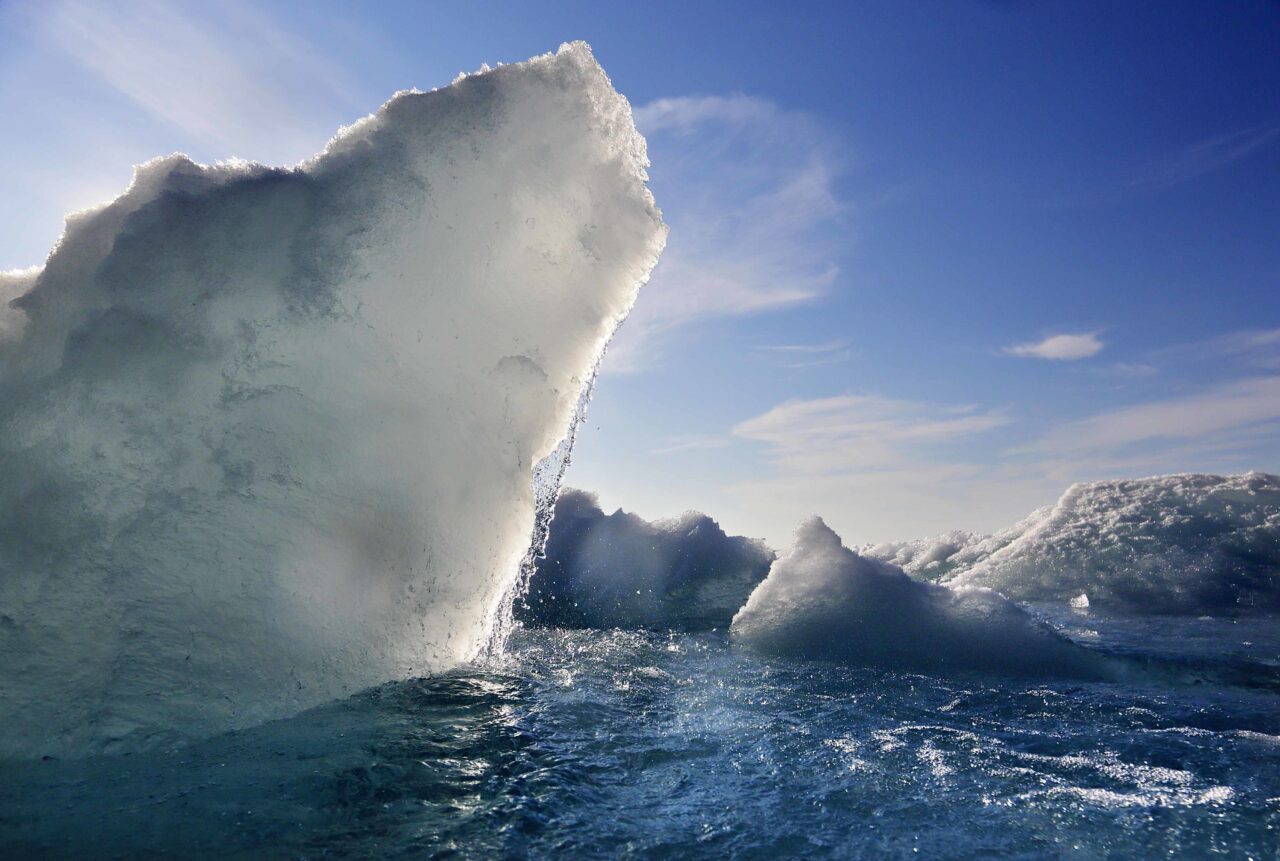Europe is Lagging Behind in Climate Change Adaptaion (TT)
Extreme weather events caused by climate change are intensifying faster than Europe’s preparedness. Sweden is no exception, say researchers.
– We are always one step behind, says Blaz Kurnik from the European Environment Agency (EEA).

In the region of Valencia, more than 211 people have yet been found dead in floodwaters. File photo
This week, Spain has been hit by devastating floods. Water has rushed through narrow streets, leaving houses and cars completely destroyed. In the Valencia region, over 90 people have been found dead or missing. This event is just one example of floods that have hit Europe in recent years.
We will not be able to fully protect ourselves from what we have seen in Spain. We are talking about huge amounts of water coming in a short period of time, but with the right measures, the negative consequences can be mitigated.
Always one step behind
According to him, it is mainly countries affected by floods that have started to work more consistently on adapting cities to climate change.
Copenhagen is one example. The city has been hit by several floods and has since started working on climate-adapted urban planning. For example, they have built new green spaces and adapted existing areas to absorb and redirect water.
But overall, Europe is lagging behind in climate change adaptation.
– The simple answer is that we are not well prepared. Globally, temperatures are rising faster than we thought, so we are always behind. Climate change adaptation measures are being developed all the time, but they are happening too little and too slowly, says Kurnik.
Sweden is no exception, according to Johanna Sörensen, a researcher in water resources engineering at Lund University.
– I would say that municipalities and regions are crying out for better coordination. It is very expensive to adapt to climate change. Municipalities also need financial support to work on these issues.
The knowledge is there
Sörensen also mentions Denmark as a country that has been more successful with its climate adaptation.
– They work better with the division of responsibilities and information to property owners. They are working on greener cities, technical solutions for vegetation that can handle large amounts of water and elevation changes that affect how water is channelled.
– But the knowledge exists in Sweden, Sörensen emphasises.
– The problem is that we have a complicated division of responsibilities. In the same way as Denmark, SMHI has started working to improve its forecasting. It can be quite tricky to predict where torrential rain will hit and that’s often why people die, she says.




